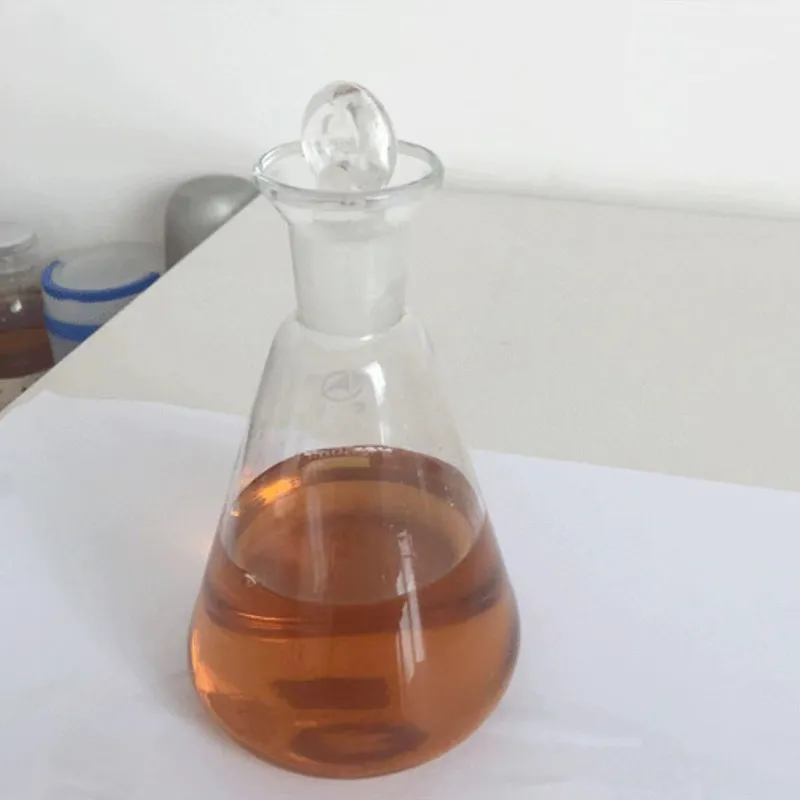
Exploring the Uses and Effects of E262 Food Additive in Modern Cuisine
Understanding E262 A Food Additive
Food additives play a vital role in modern food production, enhancing flavor, preservation, and overall quality. One such additive is E262, also known as sodium acetate. This compound is recognized for its multifaceted applications in the food industry, serving not only as a preservative but also as a flavoring agent and acidity regulator. Understanding its properties, uses, and safety can provide valuable insights into its significance in our diets.
What is E262?
E262 is the European food additive designation for sodium acetate, which is the sodium salt of acetic acid. It appears as a white crystalline powder and is soluble in water. Sodium acetate is often used in its anhydrous form or as a trihydrate, depending on specific food requirements.
Applications of E262
1. Preservation One of the primary functions of E262 is its ability to act as a preservative. It helps in inhibiting the growth of bacteria, mold, and yeast in various foods, thus extending their shelf life. This is particularly important for products like sauces, dressings, and processed meats, which often require extended storage times.
2. Flavoring E262 is also employed as a flavoring agent. It provides a subtle, tangy taste similar to that of vinegar, making it a preferred choice in salad dressings, marinades, and pickled products. Its inclusion in these foods enhances their overall flavor profile and consumer appeal.
3. pH Regulation Sodium acetate can act as an acidity regulator by helping maintain a specific pH level in food. This is crucial for the stability and taste of certain products, ensuring they are neither too sour nor too mild. Maintaining optimal pH levels can also prevent spoilage, making E262 an essential component in food formulation.
e262 food additive

4. Textural Enhancements Beyond flavor and preservation, E262 can contribute to the texture and mouthfeel of food products. It can improve the stability of emulsions and prevent ingredient separation, which is vital for products like mayonnaise and creamy dressings.
Safety and Regulatory Status
The safety of food additives, including E262, is subject to rigorous evaluation by various health authorities. The European Food Safety Authority (EFSA) has assessed sodium acetate and determined that it is safe for consumption within established limits. Similarly, the U.S. Food and Drug Administration (FDA) classifies sodium acetate as generally recognized as safe (GRAS).
However, excessive consumption of sodium acetate, as with many food additives, can lead to health concerns. In moderate quantities, it poses little risk. Nevertheless, individuals with specific dietary restrictions, such as those on low-sodium diets, should be cautious and consult with healthcare professionals regarding their intake of sodium-containing additives.
Conclusion
E262, or sodium acetate, is an essential food additive that serves multiple functions in food production—from preservation and flavor enhancement to pH regulation and texture improvement. Its widespread use in various food products highlights its importance in the food industry and its contribution to food safety and quality.
While E262 is considered safe when used appropriately, it is crucial for consumers to remain informed about the additives in their food. Understanding these components can empower individuals to make healthier choices that align with their dietary preferences and nutritional needs. As science and technology continue to advance, the role of food additives like E262 will remain significant in ensuring that food is not only safe and palatable but also enjoyable for consumers worldwide.
-
Understanding Synthetic Rubber OptionsNewsApr.27,2025
-
Trichloroisocyanuric Acid: Essential for Clean and Safe WaterNewsApr.27,2025
-
Sodium Dichloroisocyanurate: Key to Safe Water TreatmentNewsApr.27,2025
-
Sodium Acid Pyrophosphate: Essential in Modern Food ProcessingNewsApr.27,2025
-
Essential Water Treatment ChemicalsNewsApr.27,2025
-
Denatured Alcohol and Its Industrial UsesNewsApr.27,2025
-
The Versatile Uses of Sodium BicarbonateNewsApr.24,2025
Hebei Tenger Chemical Technology Co., Ltd. focuses on the chemical industry and is committed to the export service of chemical raw materials.
-

view more DiethanolisopropanolamineIn the ever-growing field of chemical solutions, diethanolisopropanolamine (DEIPA) stands out as a versatile and important compound. Due to its unique chemical structure and properties, DEIPA is of interest to various industries including construction, personal care, and agriculture. -

view more TriisopropanolamineTriisopropanolamine (TIPA) alkanol amine substance, is a kind of alcohol amine compound with amino and alcohol hydroxyl, and because of its molecules contains both amino and hydroxyl. -

view more Tetramethyl Thiuram DisulfideTetramethyl thiuram disulfide, also known as TMTD, is a white to light-yellow powder with a distinct sulfur-like odor. It is soluble in organic solvents such as benzene, acetone, and ethyl acetate, making it highly versatile for use in different formulations. TMTD is known for its excellent vulcanization acceleration properties, which makes it a key ingredient in the production of rubber products. Additionally, it acts as an effective fungicide and bactericide, making it valuable in agricultural applications. Its high purity and stability ensure consistent performance, making it a preferred choice for manufacturers across various industries.











